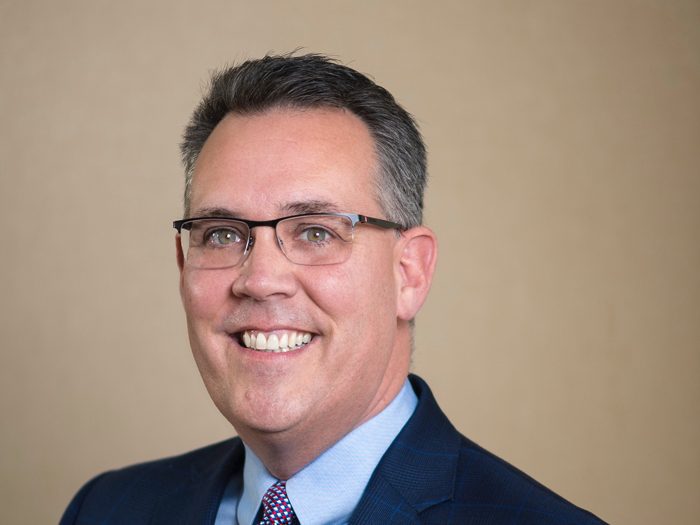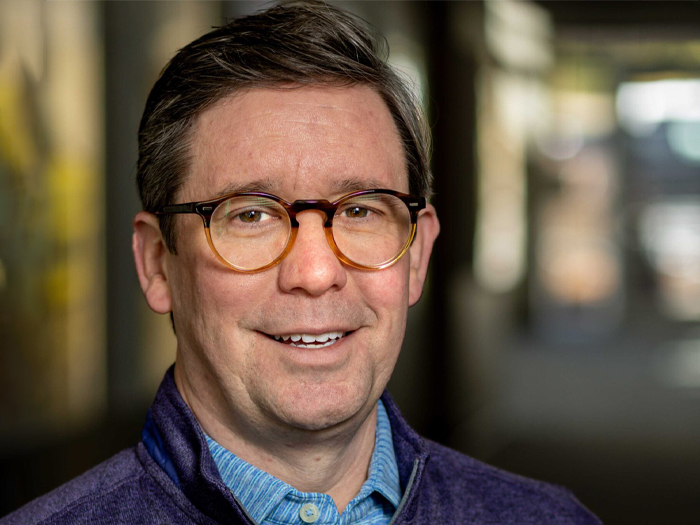Claims Executive
Seven Questions for Patrick J. Walsh

Patrick J. Walsh recently joined York Risk Services Group as Executive Vice President, Chief Claims Officer, and President of Risk Management Practices. He is responsible for leading all of York’s national claims operations and providing direction and expertise in servicing York’s self-insured and deductible clients. Risk & Insurance sought his views on trends shaping the claims business and his goals in his new position.
R&I: What’s your view on how to get the best out of claims handling talent?
PJW: I believe the secret is genuinely caring about the success and working environment of those with whom we work; and leading and acting every day with integrity, honesty, and transparency. The constant churn and stress that comes with the claims role creates an interesting challenge for managers. There’s almost a ‘negative foundation’ that adjusters, unit managers, case managers, etc., inherit when they step into these roles. Leaders have a responsibility to ensure people in these roles understand the incredible value they bring to the industry and how they can make or break the experience of customers, claimants, and other stakeholders. In my view, claims professionals deliver the promise we make to our customers and they deserve our respect and support. They also deserve our honest, constructive feedback so that we can work together to develop the best possible work environment and support their individual and collective success.
R&I: What must a claims handling organization be more adept at now than it was, say, five years ago?
PJW: The obvious answer here is data. Everybody talks about the importance of data and how it will drive our industry in the future and I agree with that perspective. But for all the advances in technology and data science, we can’t overlook the importance of people in the claims process. To succeed, companies need to be adept at identifying, hiring, training, and retaining employees, at all levels, who LOVE this industry. I believe there is a lot of untapped talent out there and the company that is willing to invest intelligently in recruiting and training non-traditional sources will have a significant advantage in the future.
R&I: You’re clearly passionate about what you do. Talk about what you derive from insurance’s higher purpose, that it repairs people and property and tries to make them whole again.
PJW: I do love this business. I love the fact that we help so many who are in need and that claims professionals get to deliver on the promise made to the someone by, for example, an employer or an insurer. I get personal satisfaction from working with other insurance professionals who are interested in the well-being of their clients and claimants who are, after all, relying on us to help them recover when something terrible happens to them. I’m proud to talk about what I do with my family, friends and people I meet. While many like to tease about the ‘sleazy insurance guy’ I believe they know that our industry does so much good work and has a positive impact on individuals, companies and our economy.
Leaders have a responsibility to ensure people in these roles understand the incredible value they bring to the industry and how they can make or break the experience of customers, claimants, and other stakeholders.
R&I: In this new position Patrick, what are key goals for you?
PJW: My focus is on three things that will ultimately deliver value to our many stakeholders. First, build an environment that York associates can be proud of and that is focused on creating a great work experience for them. Second, deliver an experience to our customers, claimants and other stakeholders, that is second-to-none. Third, aspire to zero defects in our work product, because that allows our employees and customers to focus on innovation and more exciting ways to support our collective success.
R&I: What are some keys to maintaining York’s low employee turnover rate?
PJW: Low turnover is driven by a combination of good choices during the selection process, engaging employees from day one, training employees before we ask them to perform work on behalf of our clients, and delivering honest and constructive feedback on their performance that is focused on their individual success. An organization’s employees are their greatest asset. By focusing on their success I believe we create a much better experience for our customers. And when customers are happy they engage more and develop relationships with our employees that deepen our partnership. We want employees to enjoy their environment and their client relationships – when we reach that point, turnover becomes a very manageable issue.
R&I: What challenges do you see in this segment going forward? What will you have to get right over the next five years to achieve the successes you are after?
PJW: While there are obviously lots of challenges I’ll concentrate on a couple of things. First, we have to do the basics right ALL THE TIME. We can deliver innovations and talk about cool new stuff but if we don’t do the little things and get the fundamentals right, none of that will matter. Second, we have to continue to work with customers and their representatives to develop trust. Third, we need to reimagine processes to remove some of the barriers that add additional expense to risk management programs.
R&I: What’s the most difficult kind of claim to resolve? And what are some of the most trustworthy methods to resolve difficult claims?
PJW: This is an article in and of itself. Regardless of how I answer the first part of this I’ll get beat up by people who handle other types of claims so I’ll simply say this….the most difficult kind of claim to resolve is the one where there’s simply too much emotion and the parties will not step back and look at the facts and reality of the situation. This is when honesty, transparency, and sincerity come into the equation – those behaviors build trust.










